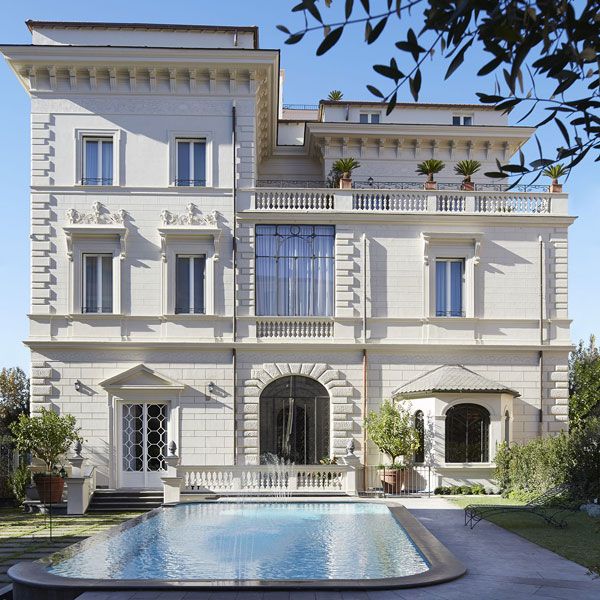CONCRETE RESTORATION AND STRUCTURAL REINFORCEMENT
Restoration of deteriorated concrete, restoration of the original structural requirements and protection
Restoration and rehabilitation interventions of reinforced concrete structures such as balcony slabs, pillars and beams that under the action of atmospheric agents show obvious signs of deterioration and visible reinforcement rods and corroded.
CONCRETE RESTORATION
Factors that affect the durability of concrete
For many years it was considered that concrete could have eternal life; unfortunately this is not true, since it is a material subject to problems that compromise its resistance over time. In fact, if not adequately protected, the concrete can be attacked by the salts present in the sea water and in the air near the coasts, by the acids of the industrial fumes, by the phenomenon of carbonation; it is also affected by temperature changes and, in particular, its vulnerability to frost is known and typical.
In the case of reinforced concrete, steel, if not well protected by an adequate layer of concrete (concrete cover), is subject to oxidation phenomena and tends to rust: this causes an increase in the volume of the steel which can thus lead to breakage of the concrete that covers it. The determining factor for the strength of concrete is the water / cement ratio in the mixture, which must be low: in fact, for the same cement content, a mixture with a lower water content is more resistant.
The ever increasing expertise in the field, the increasingly effective dosing of the different elements that make up the concrete and the use of particular chemical additives now ensure very high levels of durability. However, failure to comply with only one of the parameters necessary to obtain an optimal product, in the presence of environmental aggression, causes such degradation mechanisms to be triggered that they compromise durability; these mechanisms can be classified into chemical, physical and mechanical.
Art Deco - Concrete restoration and structural reinforcement

01

02

03

04

05

06

07

08

09

10

11
STRUCTURAL REINFORCEMENT WITH CARBON LAMINAS
Composite fiber systems and carbon foils for structural reinforcement
Carbon fibers are used in structural consolidation operations in combination with epoxy resins. Fibers and resins therefore constitute a real system to be realized using the right "ingredients" and following very specific procedures.
Pultruded carbon fiber lamina with high tenacity of fibers, usable in reinforcing reinforced concrete, wood and steel structures with the fiber-reinforced plating technique. The use of this carbon fiber lamina, to be bonded to the support by means of thermosetting polymeric resins, allows to increase the strength of the reinforced element, in particular with respect to tensile stresses. The intervention takes place in a timely manner, calibrating the quantity and arrangement of the edges in order to optimize the mechanical properties of the reinforcement according to the needs for improvement required. Compared to the use of fabrics to impregnate, the carbon fiber sheets allow a faster application and the success of the intervention is less linked to the operator's ability to lay. Suitable for reinforcing reinforced concrete, wood and steel structures, tunnels, arches, bridges, viaducts, railway structures, industrial structures, tanks.
Art Deco - Concrete restoration and structural reinforcement

01

02

03

04

05

06

07

08

09

10

11

12

13

14

15

16

17

18

19

20

21

22

23

